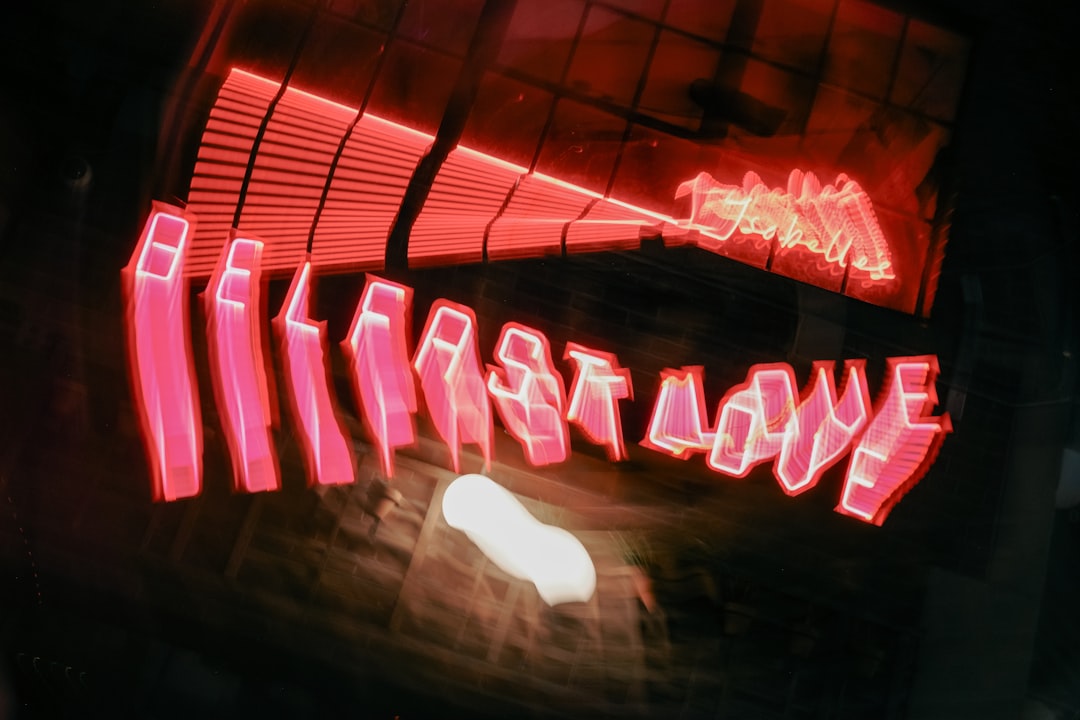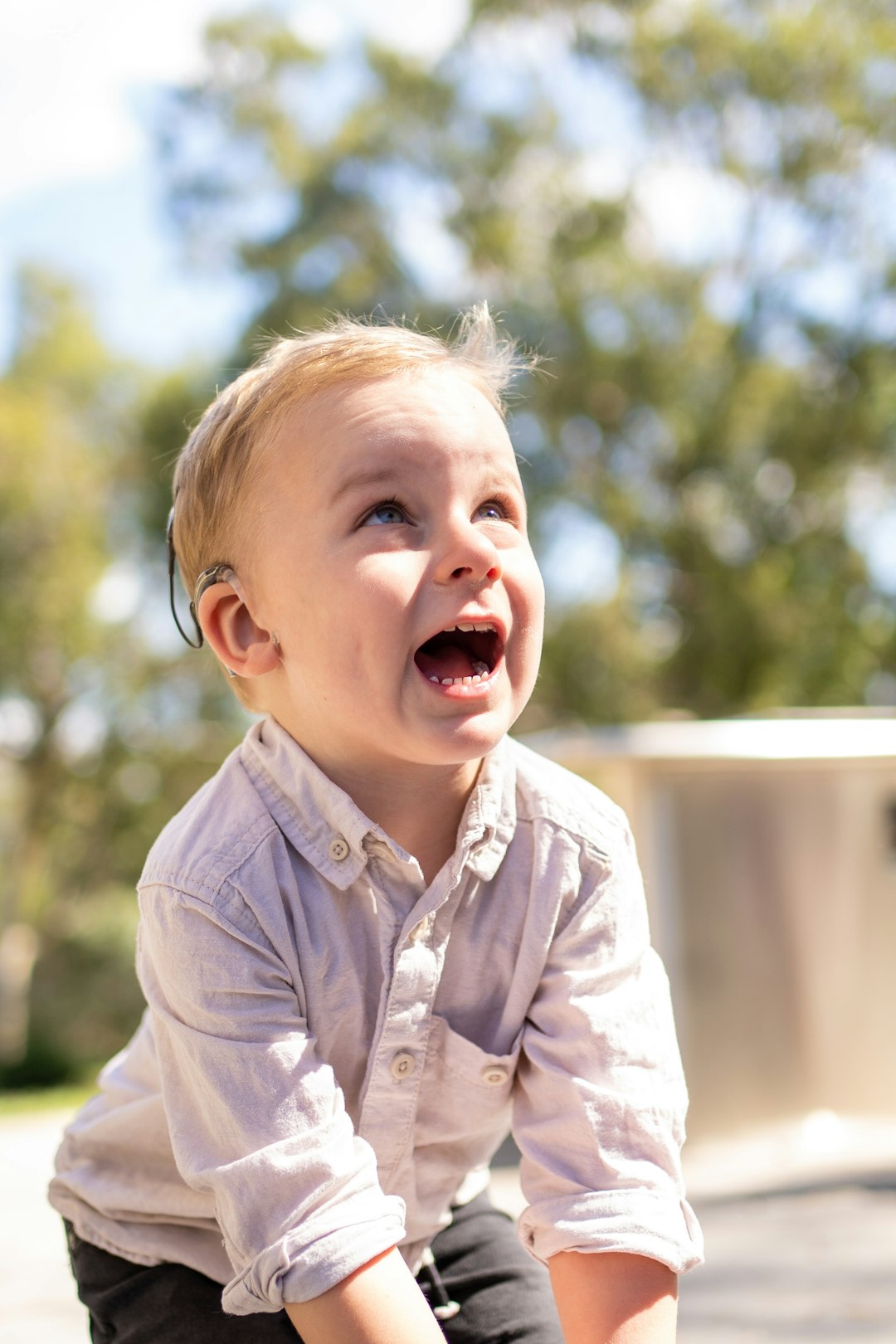Joint therapy sessions are a critical component of healing from child abuse in San Francisco, facilitated by professionals who create secure environments for both victims and non-abusing caregivers. These sessions focus on empathy, communication, and rebuilding trust through active participation and individualized approaches. Child abuse attorneys in San Francisco CA play a vital role by collaborating with therapists to ensure confidentiality, advocating for specialized trauma-informed methods, and guiding clients through legal implications post-therapy. Open communication is key to the success of these sessions, empowering survivors and equipping caregivers with tools for long-term healing.
In San Francisco, navigating joint therapy sessions after a child abuse case can be complex. This guide helps parents and caregivers understand this process, emphasizing the crucial role of a child abuse attorney in facilitating therapeutic navigation. We explore essential aspects from session preparation to fostering open communication and discuss legal considerations post-therapy. For those seeking support in CA, knowing what to expect enhances recovery’s effectiveness. Discover practical tips for thriving through this transformative journey with expert guidance from a child abuse attorney San Francisco trusts.
Understanding Joint Therapy Sessions: A Basic Overview
In the aftermath of a child abuse case in San Francisco, joint therapy sessions often become an integral part of the healing process for both the victim and their non-abusing caregiver. These sessions, facilitated by a trained professional, provide a safe space to address emotional trauma and strengthen the bond between the two individuals. Understanding the structure and purpose of these therapy sessions is crucial for anyone navigating this complex journey, especially with the support of a child abuse attorney in San Francisco, CA.
Joint therapy involves regular meetings where both parties actively participate in discussing their experiences, emotions, and strategies to cope with the trauma. The goal is not only to help each individual process their feelings but also to foster empathy, improve communication, and rebuild trust. This collaborative approach recognizes that healing from child abuse is a shared experience and requires collective effort and understanding.
The Role of a Child Abuse Attorney in Therapy Navigation
In San Francisco abuse cases, a child abuse attorney plays a pivotal role in navigating therapy sessions for their young clients. They possess a deep understanding of both legal and therapeutic frameworks, enabling them to ensure the best possible care for victims. These attorneys work closely with therapists, guiding them on how to create safe, supportive environments tailored to each child’s unique needs.
By leveraging their expertise, a child abuse attorney in San Francisco CA can help therapists understand the legal implications of their actions and the importance of confidentiality. They also advocate for specialized therapy approaches that consider the traumatic experiences of the children, ensuring that the therapeutic process is not only effective but also minimizes further distress.
Preparing for Your First Joint Session: Tips and Expectations
Preparing for your first joint therapy session in a child abuse case in San Francisco can be both daunting and crucial. As you embark on this journey, it’s essential to understand that these sessions are designed to help all parties involved heal and move forward. As a victim or a parent accused of abuse, it’s normal to feel anxious. A child abuse attorney in San Francisco CA can offer guidance tailored to your situation, helping you prepare emotionally and legally. They can explain the process, what to expect during the session, and how to advocate for your rights while ensuring the safety and well-being of the child involved.
During your preparation, focus on self-care and seeking support from trusted individuals or groups. Write down your thoughts and feelings about the upcoming session without judgment. Remember, the joint therapy process is collaborative; therapists aim to create a safe space for everyone. Your attorney can assist in communicating your concerns to the therapist before the session, ensuring they are addressed appropriately. This proactive approach will help you navigate the initial stages of therapy with greater confidence and clarity.
Facilitating Open Communication During Therapy
In joint therapy sessions for child abuse cases in San Francisco, facilitating open communication is paramount. This involves creating a safe and supportive environment where both the survivor and their non-offending caregiver can express feelings, fears, and concerns freely. A skilled therapist will encourage active listening, ensuring each party understands and validates the other’s perspectives. This process helps rebuild trust, strengthens the bond between survivor and caregiver, and promotes consistent healing.
For survivors seeking justice through a child abuse attorney in San Francisco CA, joint therapy can be transformative. Open communication allows them to share their experiences without fear of judgment or recrimination, fostering a sense of empowerment and control. Caregivers, too, benefit from understanding the complexities of the trauma and learning effective coping strategies to support their child’s recovery. Together, these sessions lay the groundwork for long-term healing and positive outcomes.
Legal Considerations and Next Steps After Joint Therapy
After joint therapy sessions in cases of child abuse, it’s crucial to understand the legal implications and next steps. In San Francisco, California, a child abuse attorney is often an essential figure in navigating this process. They can provide guidance on how the evidence gathered during therapy—be it testimony, documentation, or other forms—can be utilized in legal proceedings against abusers. This includes ensuring that all therapeutic records are properly obtained and maintained, as they may serve as critical evidence in criminal or civil cases.
The next steps typically involve preparing for any impending trials or hearings. A child abuse attorney will help coordinate with therapists, law enforcement, and other relevant parties to gather a comprehensive case. This might include additional interviews, expert witness testimony, and the presentation of physical evidence. It’s important to remember that each case is unique, and legal strategies must be tailored accordingly. Timely action is key; a child abuse attorney in San Francisco CA will ensure that all deadlines are met and that the best possible outcome is pursued for the victim and their family.






